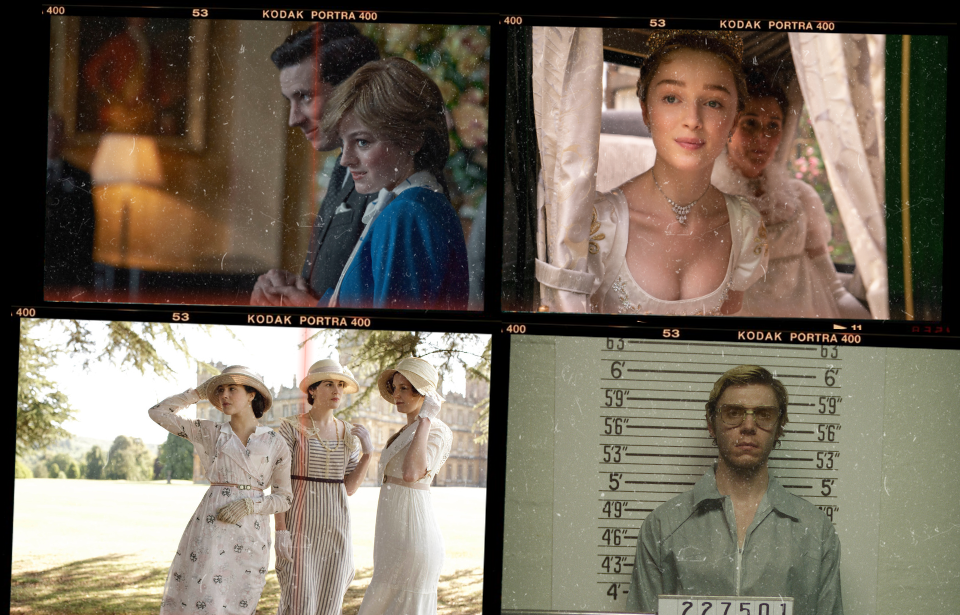Period dramas captivate audiences with their extravagant costumes, stunning scenery, and whirlwind romances on the page, the stage, and the screen. Stories based within a historical period create opportunities to engage with history outside of dry textbooks or hours of research, but when fact and fiction converge how can we discern the difference between history and just a story?
Are period dramas threatening historic facts?
Mixing history with entertainment has produced some amazing works that make the past accessible to everyday people, and it has contributed to innovative methods of making history relevant to today. For example, having people of color cast in the roles of historically white characters addresses the legacy of racism throughout history.
Similarly, allowing historic characters to talk in a modern way or using modern music in period movies helps audiences to connect with a different time in engaging ways. But sometimes creative liberties can stray too far from the truth, twisting the narrative in a harmful way.
Period dramas tend to market themselves as historically accurate depictions of the past. But even when the story strays from the historic record, audiences are likely to believe that productions like Bridgerton and The Crown are exact portrayals of reality. How do period dramas affect our perception of history? The following popular series are perfect examples of how a fictionalized approach to history is altering how we see the past.
The Crown and the ‘fiction’ disclaimer
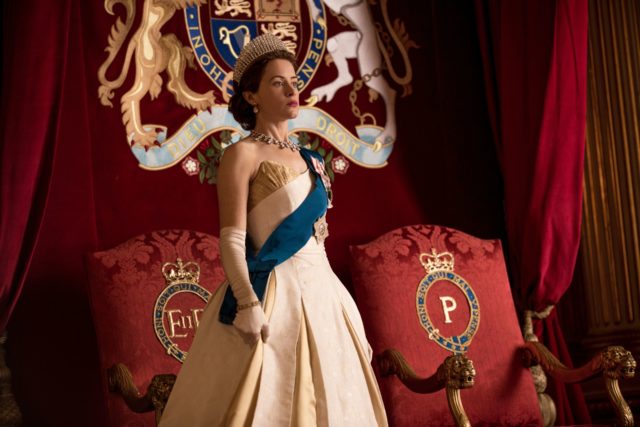
The wildly successful Netflix production The Crown, which follows the life of Queen Elizabeth II, has become one of the most controversial period dramas due to its candid but speculated depiction of the private lives of the British royal family. The show, which premiered its fifth season in 2022, follows an accurate timeline of events during Elizabeth II’s reign while offering a glimpse into the relationships between royal family members through fictionalized dialogue.
Netflix has always insisted the show is entirely fictional, but widely speculated rumors and scandals have found their way into the plot – and it poses a very real threat to actual royals. The Crown attempts to show the discussions and relationships behind major moments in royal history but some, like a scene from the first episode of Season 5, are completely fabricated.
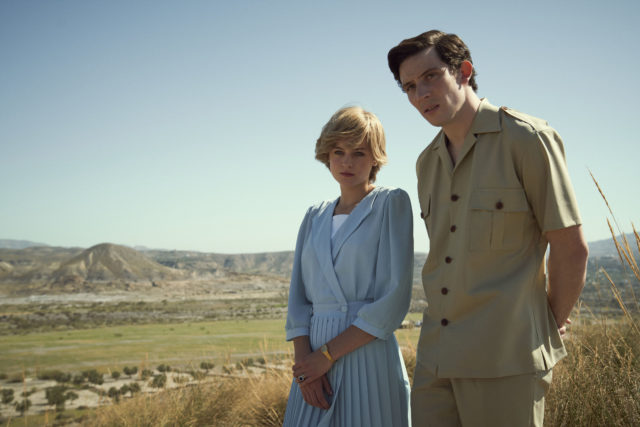
In Season 5, Episode 1, then-Prince Charles is seen meeting with Prime Minister John Major and he suggests Major should encourage his mother Queen Elizabeth II to step down from the throne. Major has since come out and said the meeting never happened, calling the show “malicious” for inventing the scene to trigger controversy around the new King Charles.
Calls to include a disclaimer at the start of each episode warning viewers of the show’s fictionalized elements have been dismissed by the creators.
‘Bridgerton’ and race
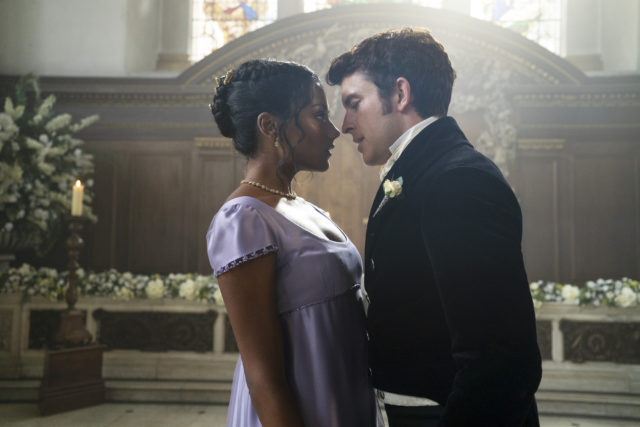
Shonda Rhime’s hit Netflix show Bridgerton showcases fairytale romances set in Regency Era England. Known for its stunning costumes, steamy scenes, and diverse cast, Bridgerton is re-writing the typical period drama formula. The show features some historical figures like Queen Charlotte, played by Guyanese-British actress Golda Rosheuvel, as well as fictional characters who struggle to navigate life in Britain’s high society in the early 19th century.
Bridgerton follows the lives of the eight Bridgerton children who hail from one of the most prominent, wealthiest families in Regency England. One reason the show became a resounding success – one of Netflix’s most-watched series ever – likely has to do with the refreshing cast that includes BIPOC actors in what would traditionally be white roles.
In the first season, the main love interest Lord Simon Basset is played by Black actor Regé-Jean Page. Queen Charlotte is also portrayed as Black, a nod to a prolific rumor that the real-life Queen had African ancestry, as is another character Marina Thompson (Ruby Barker). Extras and smaller characters from all walks of life also appear.
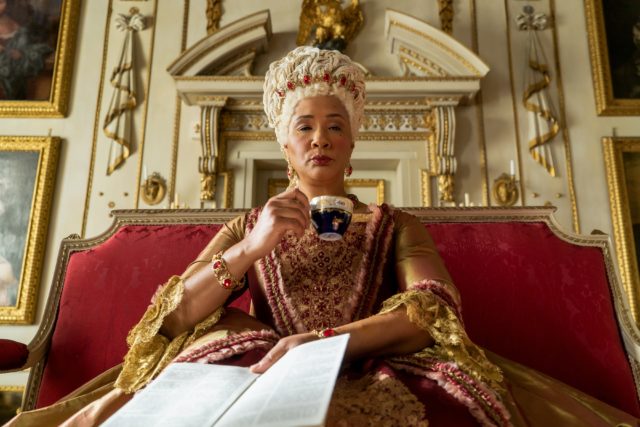
The show’s second season follows two Indian women, Kate Sharma (Simone Ashley) and Edwina Sharma (Charithra Chandran) – both played by actresses with Indian heritage – who travel to England to find a husband for Edwina. The Sharma sisters find themselves at the center of high society, revered by the same people who historically profited from the colonization of their homelands in India as well as Africa and the Caribbean.
Rhimes didn’t create the show to re-write a more diverse and inclusive history, but instead created an entirely new 19th century where Queen Charlotte’s race was never up for debate. In the Bridgerton universe anyone, regardless of race, can be a queen, king, duke, or the “diamond of the season.” While shows like this one can’t actually change historic racism from the Regency period, it is a creative way to make amends today by casting a diverse ensemble that better reflects the modern viewer.
‘Monster: The Jeffrey Dahmer Story’ and the serial killer craze
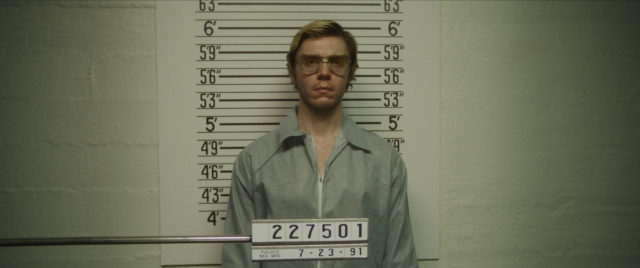
While whirlwind romance, tea parties, and high society typically come to mind when thinking about period dramas, there is also an abundance of TV shows and movies set in the less distant past like Monster: The Jeffrey Dahmer Story. The limited series was released to Netflix in September 2022 as one of the growing collections of biopics about serial killers and their grisly crimes. Evan Peter’s portrayal of Dahmer received similar backlash to Zac Efron’s role as Ted Bundy in Extremely Wicked, Shockingly Evil and Vile (2019).
The Netflix series is just one in a chain of podcasts, documentaries, and dramatized TV shows and movies about serial killers and criminals that we can’t seem to get enough of. While Dahmer, produced by Ryan Murphy, went far beyond previous Dahmer portrayals by representing some of his victims and their families, the show has still been criticized for glorifying the man who murdered and dismembered 17 men throughout the late ’80s and early ’90s.
Some of the victim’s families spoke out against the Netflix series, calling it “retraumatizing.” The families were also upset that none of them were involved in the project, allowing Netflix to profit from their suffering. Murphy spoke out against the backlash, claiming that over the course of the “three, three and a half years when we were really writing it, working on it, we reached out to 20, around 20 of the victims’ families and friends, trying to get input, trying to talk to people, and not a single person responded to us in that process,” he explained.
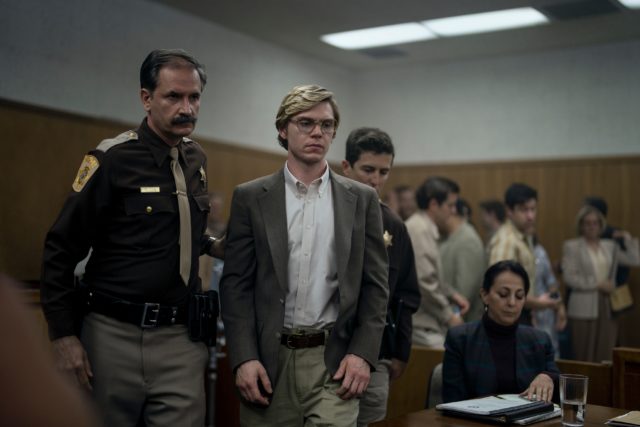
In an essay published on Insider, the sister of Dahmer victim Errol Lindsey wrote about her disapproval of the series. “I was never contacted about the show. I feel like Netflix should’ve asked if we mind or how we felt about making it. They didn’t ask me anything. They just did it. But I’m not money hungry, and that’s what this show is about, Netflix trying to get paid.”
The impact of the show extends far beyond the immediate friends and family of Dahmer’s victims. Online comments praising Dahmer’s character for being attractive or memes created using scenes from the show were frequently passed around on social media, simultaneously insulting the victims and dismissing the atrocities Dahmer committed. Glamorizing serial killers in period dramas could literally change public perception of their crimes, altering how history remembers the perpetrator and his victims.
‘Downton Abbey’ and authenticity for audiences
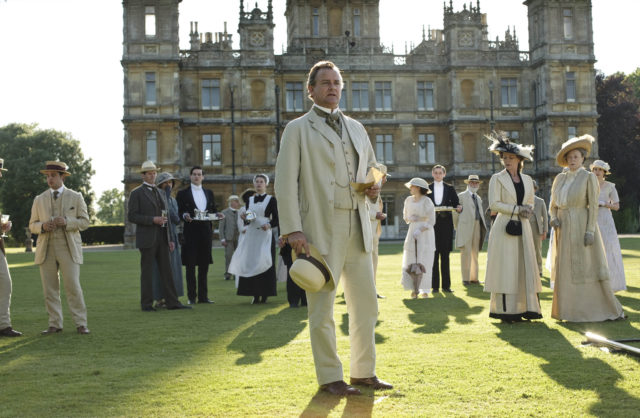
The Downton Abbey franchise has come a long way since the series first debuted in 2010. Now with six seasons and two movies, Downton Abbey has cemented itself as one of today’s most successful period dramas. The show itself is actually fairly accurate to the early 20th century, but many of the characters have been specially crafted to appease modern audiences and avoid troubling realities women faced at the turn of the century.
Nicoletta Gullace, a historian at the University of New Hampshire, conducted a study analyzing the historical accuracies of Downton Abbey by comparing the show to actual perspectives and accounts from the period. “Life was hard and gritty in the early 1900s,” Gullace said. “So the show’s producers created a safe and more palatable experience to satisfy today’s viewer by airbrushing over some of the ugliness.”
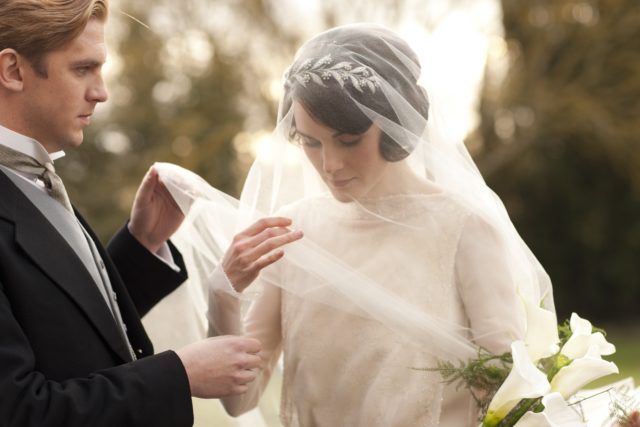
The writers did this with the leading women of the series by writing feminist ideals into their characters. Sybil, for example, is interested in and outspoken about women’s rights and the suffrage movement while Mary is sexually independent and Edith has her own career working at the newspaper. All three of these traits were rare for upper-class women at the time, but by including them in the show modern female viewers can better relate to the characters.
Doing this paints a sugarcoated representation of the Edwardian era which obscures the basic truths of the time period: that being a woman was to be seen as lesser than.
More from us: Sally Field’s Surprising Reveal About Her Worst On-Screen Kiss
So long as period fans don’t mistake embellishments for accuracy, dramas like Bridgerton and The Crown can be fun and engaging shows to add to your watchlist.
